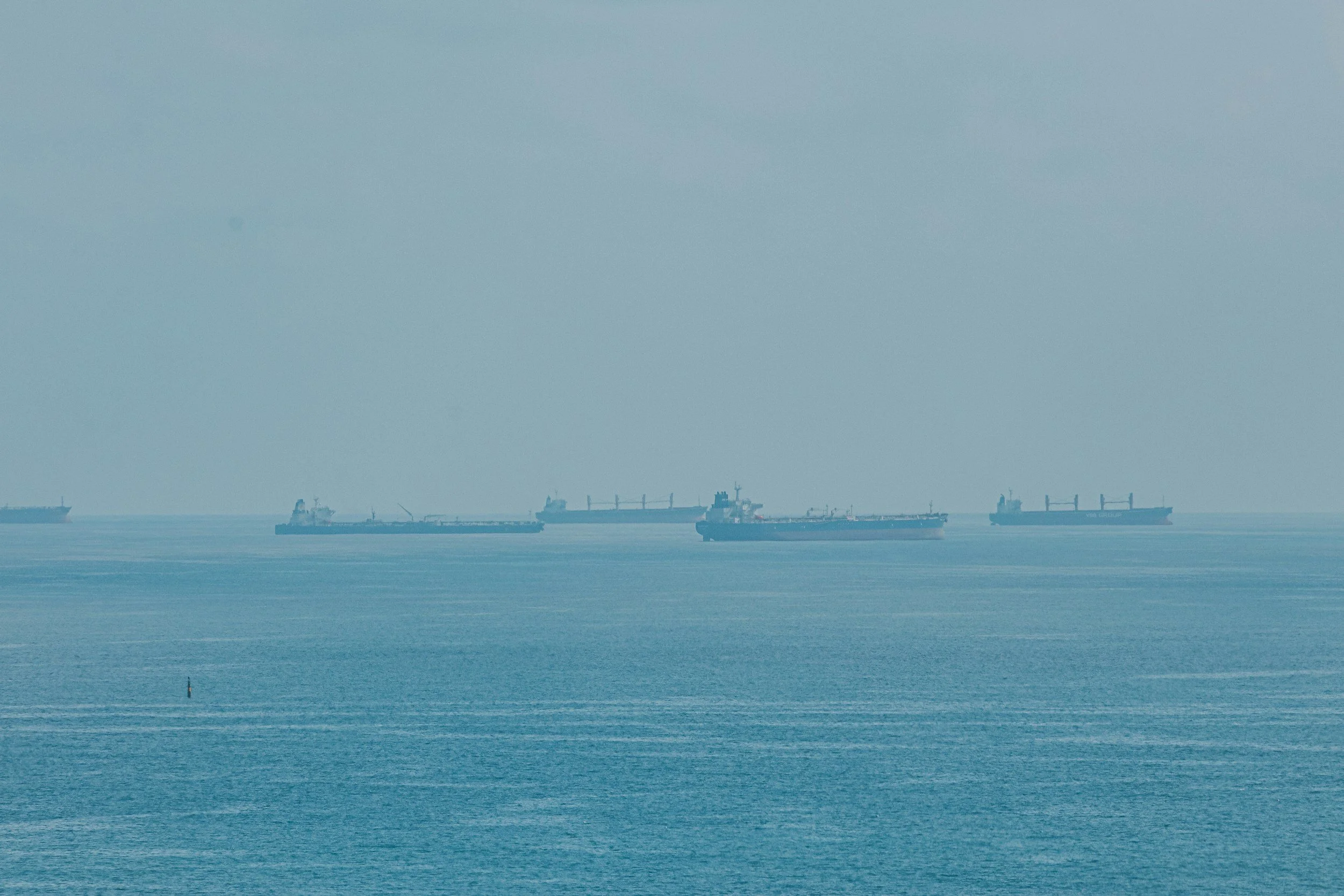In a notable departure from the same period last year, the twenty-fifth trading week concluded with a far more subdued tone, particularly across the larger dry bulk segments. Exactly one year ago, the BDI hovered just below 2,000 points, capping off a week of positive sentiment. Capesizes led the charge, averaging $26,059 per day – a 6.3 percent weekly gain – while Supramax and Handysize earnings were also trending higher. Only Kamsarmaxes showed some hesitancy, though they, too, remained at firmer levels than today. Overall, that week marked a seasonal high point, with daily averages across all segments exceeding 2023 levels and sentiment running well ahead of expectations. Fast forward twelve months, and the landscape has shifted materially. This week ended on a softer note for the gearless segment, with the Baltic Capesize and Panamax indices slipping to $23,879 and $12,151 per day, respectively. Geared segments fared marginally better, with Supramaxes closing at $12,305 and Handysizes at $11,224 per day. Yet the broader narrative remains one of erosion. On a year-on-year basis, only the Capesizes have managed to hold near-2024 levels, buoyed by a short-lived rally in June. In contrast, Panamax and Supramax earnings are down by $4,500–$5,000 per day compared to last year, weighed down primarily by prolonged weakness in the coal trade.
Between January and May 2025, China imported 486.41 million tonnes of iron ore – a 5.2 percent annual drop. Discharges in May underperformed, falling below 100 million tonnes and trailing both April’s 103.14 and the 102.03 million tonnes recorded in May 2024. That said, early indicators point to a more robust June, with analysts at LSEG and Kpler projecting nearly 110 million tonnes – potentially the strongest monthly volume so far this year. This rebound has underpinned recent gains in the Capesize spot market. Still, the overall trend remains underwhelming: year-todate, Capesize earnings have averaged $15,540 per day, well below the $23,329 seen over the same period in 2024. Asset values have followed suit, with modern eco Capesizes now assessed at around $62.5 million – representing a modest 2.5 percent decline year-on-year.
Mirroring the broader slowdown, China’s coal imports for the JanuaryMay period totaled 188.7 million tonnes – down 8 percent from the same stretch last year. May alone saw an 18 percent year-on-year decline. With domestic prices sitting at four-year lows, the arbitrage window for imported coal narrowed further. In contrast, soybean imports showed renewed strength. China imported 37.11 million tonnes in the first five months, with May marking an all-time high of 13.92 million tonnes. The rebound followed a temporary slump in April, when throughput fell to a ten-year low of 6.08 million tonnes. Looking ahead, Brazil’s grain exporters association has projected robust June shipments, with an estimated 12.5 million tonnes expected. Still, the positive impulse from grains has not been enough to offset the drag from coal. The Kamsarmax market has averaged $10,587 per day so far this year – down by approximately $5,400 compared to the same period in 2024. This slump has weighed heavily on asset values: modern eco Kamsarmaxes are now assessed at $30 million, reflecting a sharp 20 percent year-on-year decline.
Across Asia, seaborne thermal coal imports totaled 346.96 million tonnes in the first five months – a 7 percent decline year-on-year. The contraction was led by China and India. On the steel front, China’s exports remained resilient, reaching 10.58 million tonnes in May – a 1.15 percent monthly increase and up nearly 10 percent compared to May 2024. This marked the third consecutive month above the 10-milliontonne mark. Year-to-date, Chinese steel exports have grown 8.9 percent to 48.47 million tonnes, the highest ever recorded for this period. Yet, domestic steel production has lagged. Crude steel output in May fell 6.9 percent year-on-year to 85.55 million tonnes, while cumulative production over the first five months of 2025 dipped 1.7 percent to 431.63 million tonnes. The China Iron and Steel Association has projected a 4 percent annual decline in output for the full year. Within this context, Ultramax rates have averaged $11,174 per day year-to-date – a 31 percent decrease compared to the same timeframe in 2024. Correspondingly, asset prices have corrected: modern eco Ultramax vessels are currently assessed at $30 million, down 17 percent from mid2024 levels.
While steel volumes have held firm so far, other minor bulks have not followed suit. According to BIMCO, global minor bulk shipments are expected to grow by 1-2 percent in 2025 and 2-3 percent in 2026 – a downward revision of 1.5 and 0.5 percentage points, respectively. The downgrade reflects higher tariffs and a softer macroeconomic outlook in both China and the US. Minor bulk trade continues to show the highest correlation with global GDP growth, which has been revised downward by all major institutions. In this context, the Handysize market has reported a year-to-date average of $9,733 per day – a 22 percent drop compared to the same period last year. Reflecting this downtrend, modern eco Handysize vessels are currently assessed at $24 million – a steep 14 percent year-on-year decline.
A year ago, the dry bulk market was supported by broad-based gains, with all segments buoyed by solid earnings and rising sentiment. Today, the picture is far more fractured. Asset values reflect this reset in sentiment. While corrections have remained relatively mild for the Capesize units, the other segments have experienced sharper declines. As we move into the second half of the year, the dry bulk market appears increasingly fragmented. Unlike last year’s uptrend, performance now varies widely across sizes and regions, shaped by shifting commodity dynamics. The resilience of key trade flows will be critical in determining whether current softness gives way to a firmer second-half narrative – or whether the market continues to drift in search of clearer direction.
Data source: Doric




